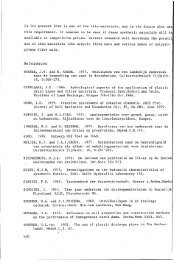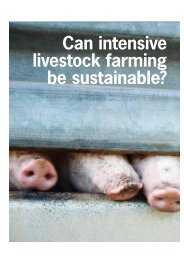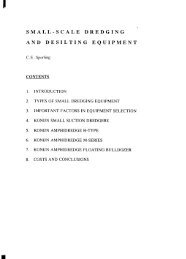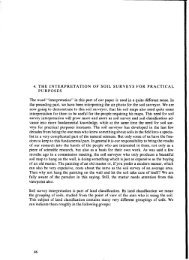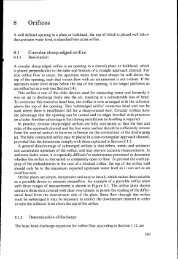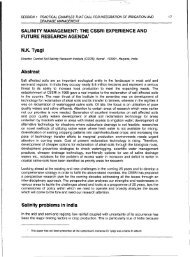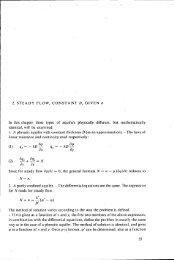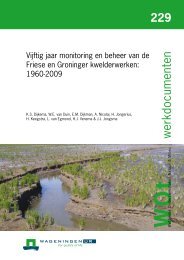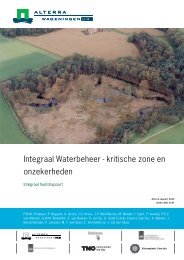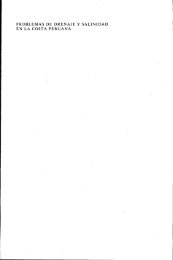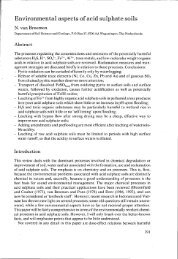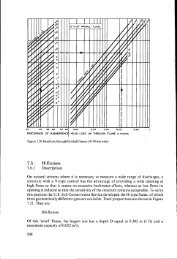Chapter 2 Basic concepts - ROOT of content
Chapter 2 Basic concepts - ROOT of content
Chapter 2 Basic concepts - ROOT of content
Create successful ePaper yourself
Turn your PDF publications into a flip-book with our unique Google optimized e-Paper software.
42.3.2 Multiple and compound land useTwo terms,multiple and compound land utilization types,refer to situationsin which more than one kind <strong>of</strong> land use is practised within an area.A multiple land utilization type consists <strong>of</strong> more than one kind <strong>of</strong>use simultaneously undertaken on the same area <strong>of</strong> land, each use having its owninputs, requirements and produce. An example is a timber plantation used simultaneouslyas a recreational area.A compound land utilization type consists <strong>of</strong> more than one kind <strong>of</strong>use undertaken on areas <strong>of</strong> land which for purposes <strong>of</strong> evaluation are treated asa single unit. The different kinds <strong>of</strong> use may occur in time sequence (e.g.asin crop rotation) or simultaneously on different areas <strong>of</strong> land within the sameorganizational unit. Mixed farming involving both arable use and grazing is anexample.Sometimes an appropriate land utilization type can be found by making severalland mapping units part <strong>of</strong> the same management unit, e.g. livestock managementwhich combines grazing on uplands in the rainy season and on seasonally floodedlowlands in the dry season.Land utilization types are defined for the purpose <strong>of</strong> land evaluation.Their description need not comprise the full range <strong>of</strong> farm management practices,but only those related to land management and improvement. At detailed levels<strong>of</strong> evaluation, closely-defined land utilization types can be extended int<strong>of</strong>arming systems by adding other aspects <strong>of</strong> farm management. Conversely, farmingsystems that have already been studied and described can be adopted as thebasis for land utilization types.2.4 Land characteristics, land qualities and diagnosticcriteriaA land characteristic is an attribute <strong>of</strong> land that can be measuredor estimated. Examples are slope angle, rainfall, soil texture, available watercapacity, biomass <strong>of</strong> the vegetation, etc. Land mapping units, as determinedby resource surveys, are normally described in terms <strong>of</strong> land characteristics.If land characteristics are employed directly in evaluation, problems arisefrom the interaction between characteristics. For example, the hazard <strong>of</strong> soilerosion is determined not by slope angle alone but by the interaction between14



